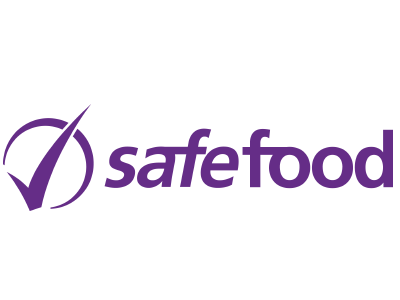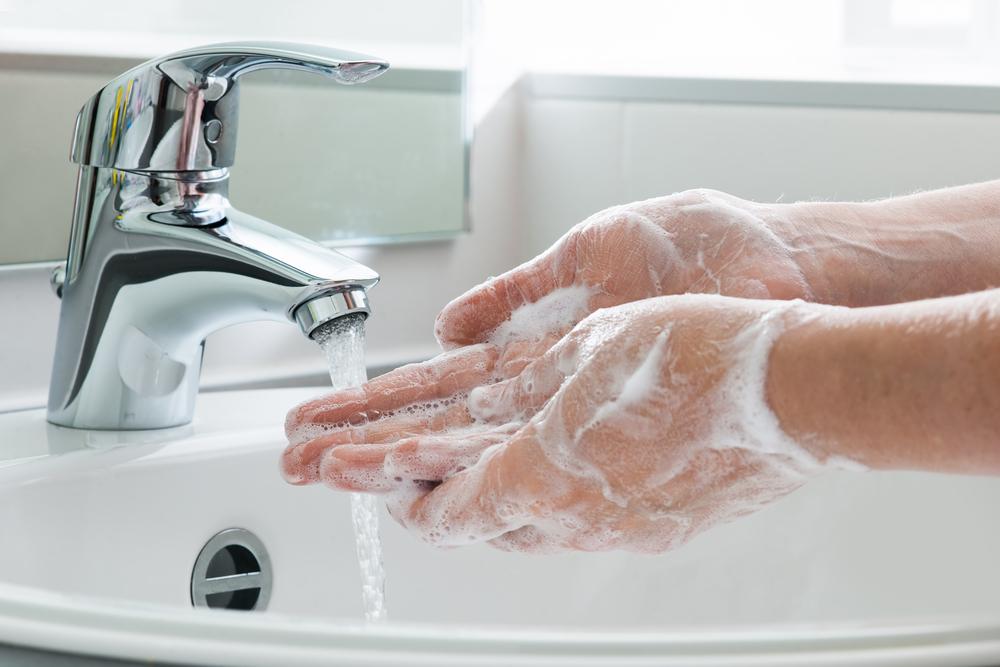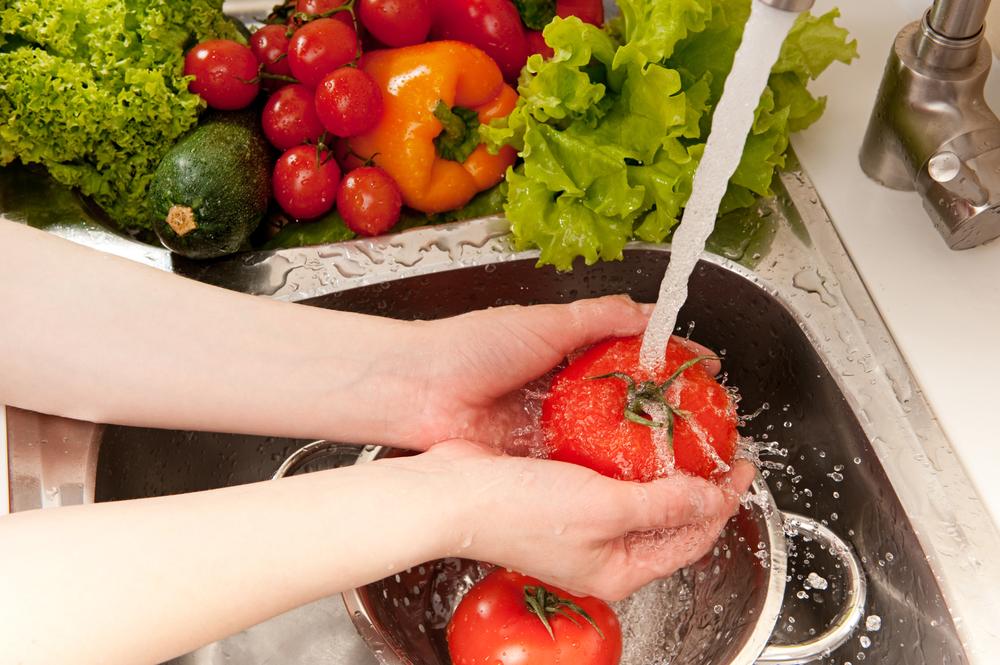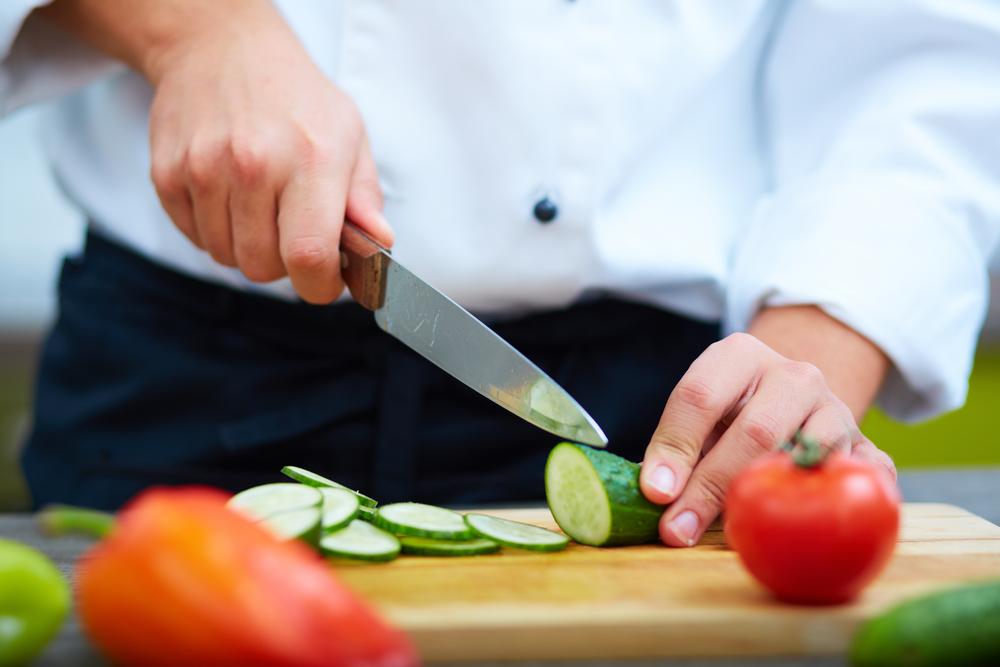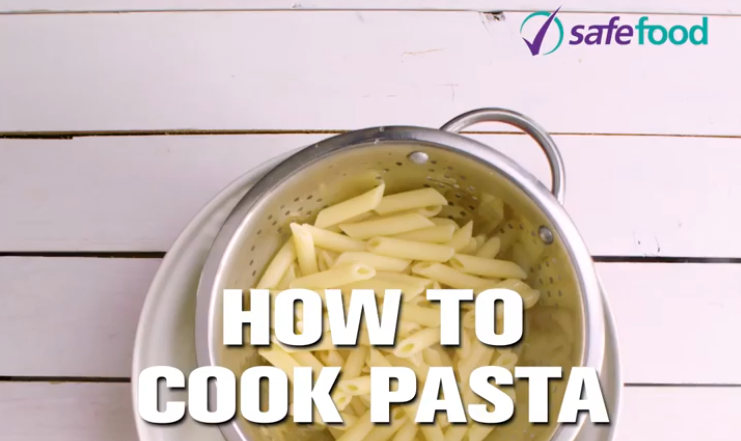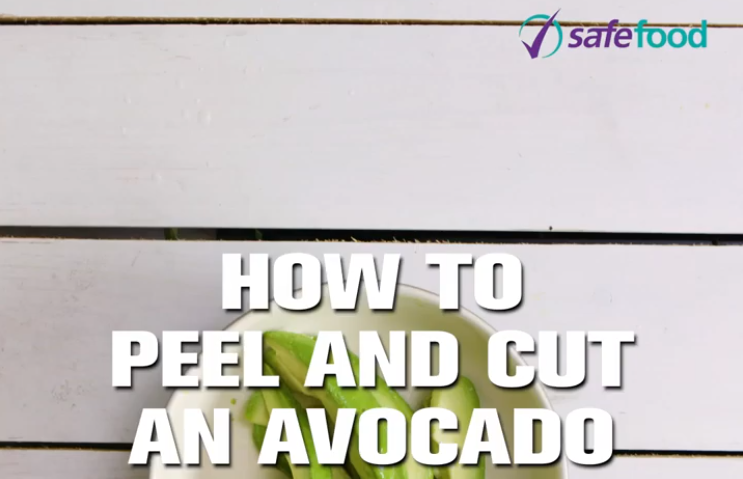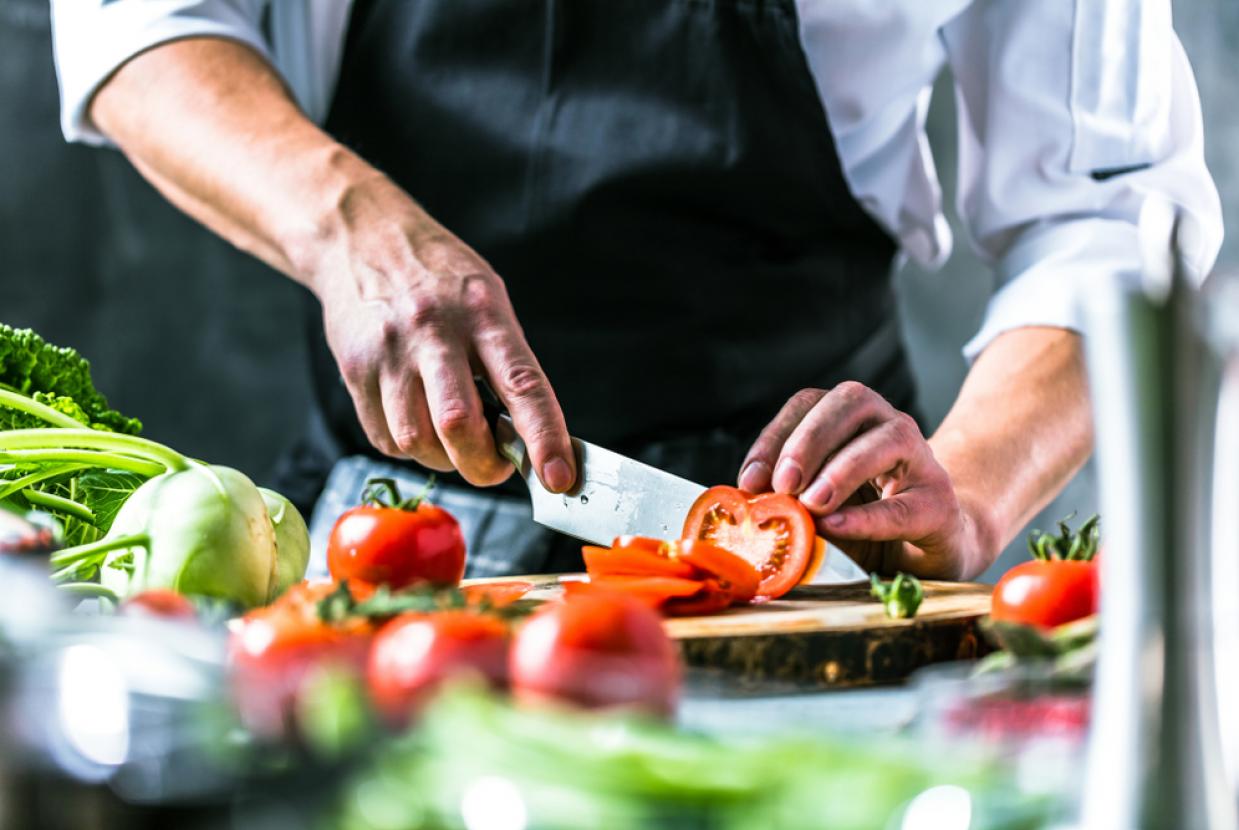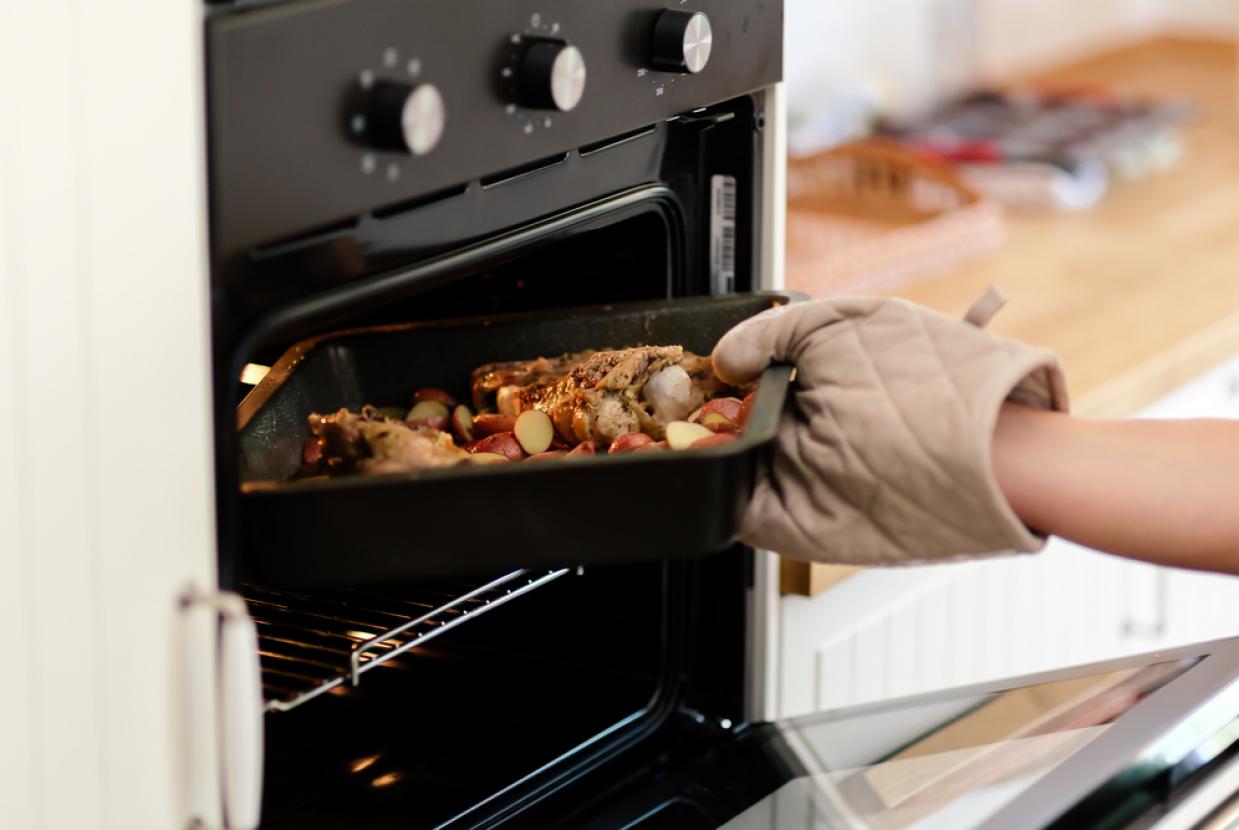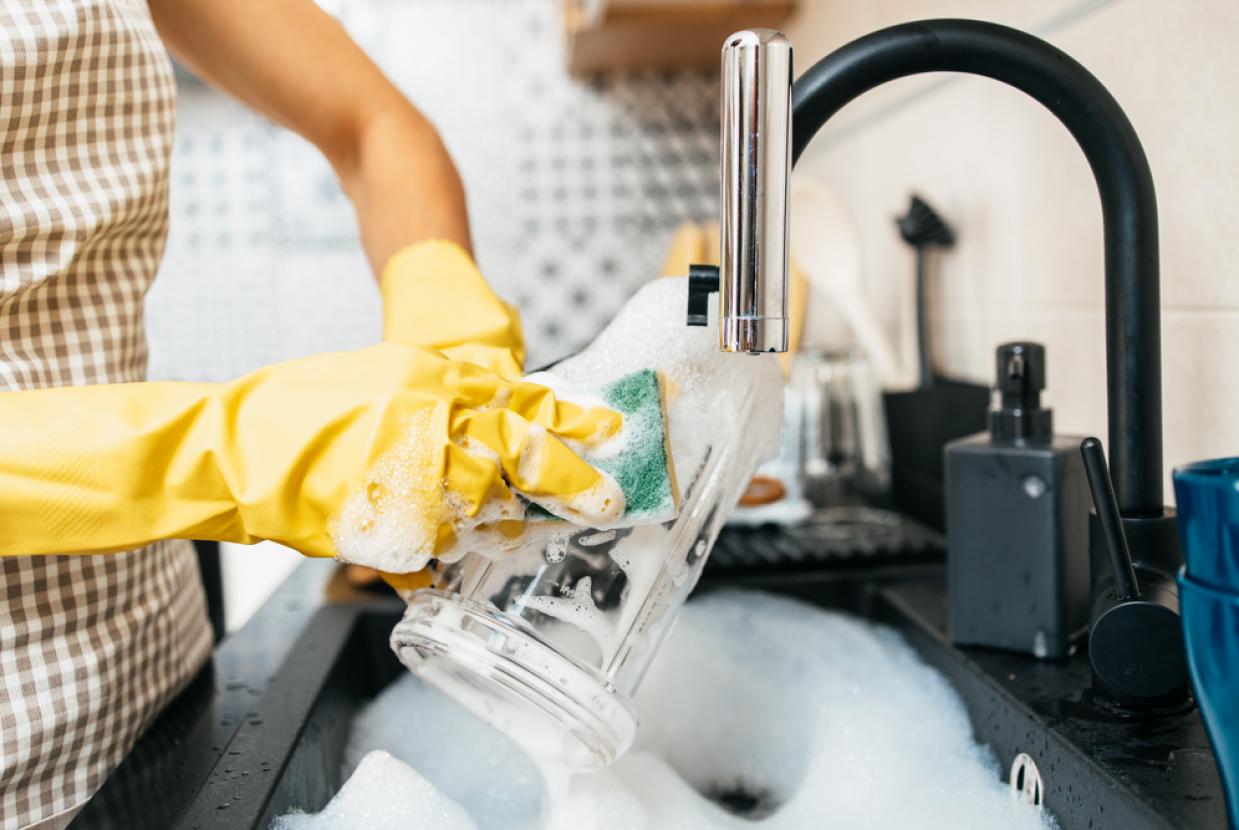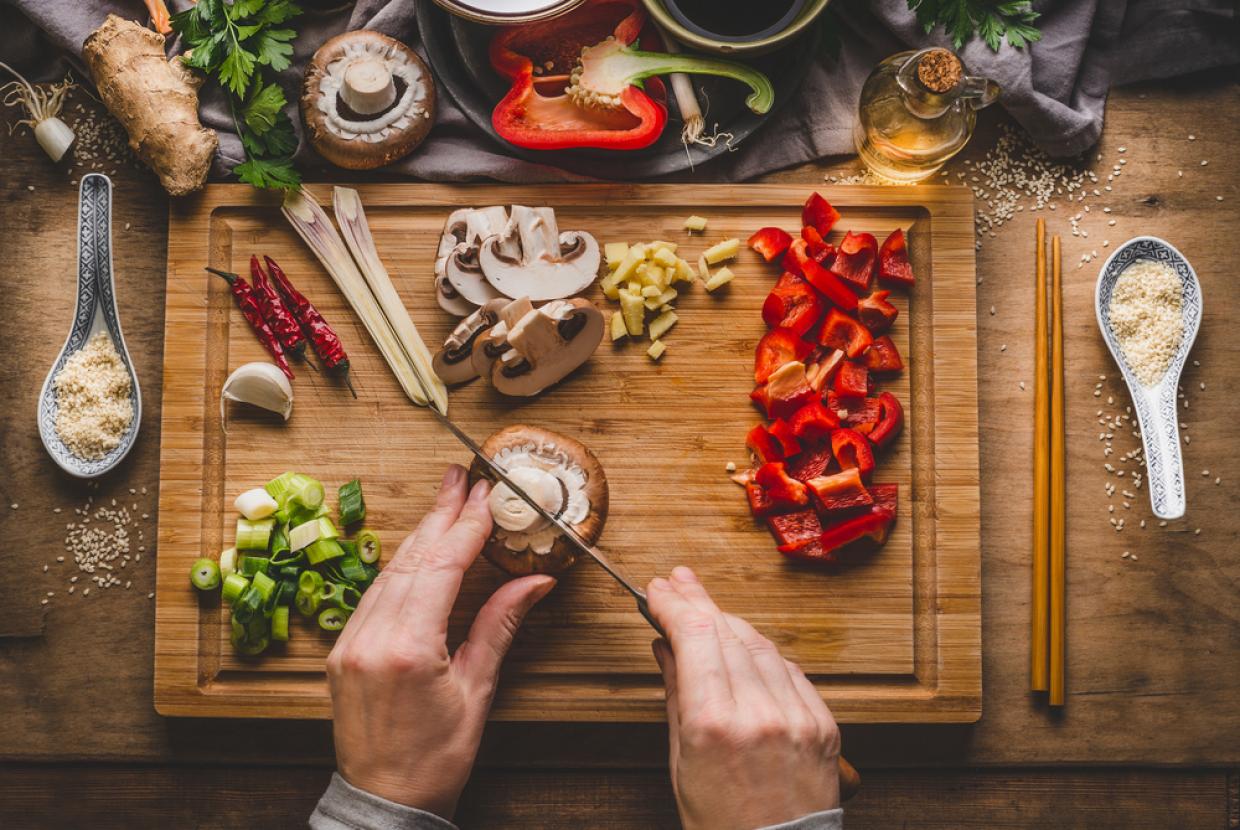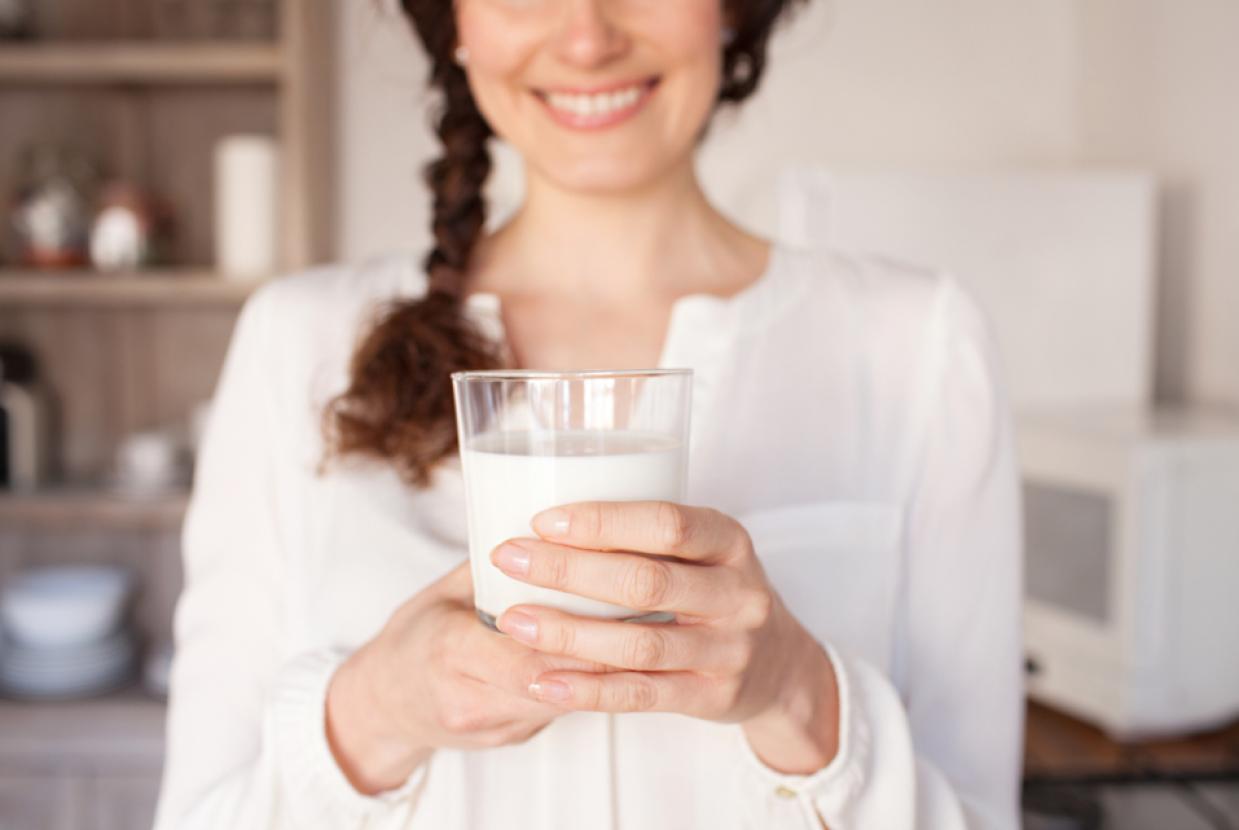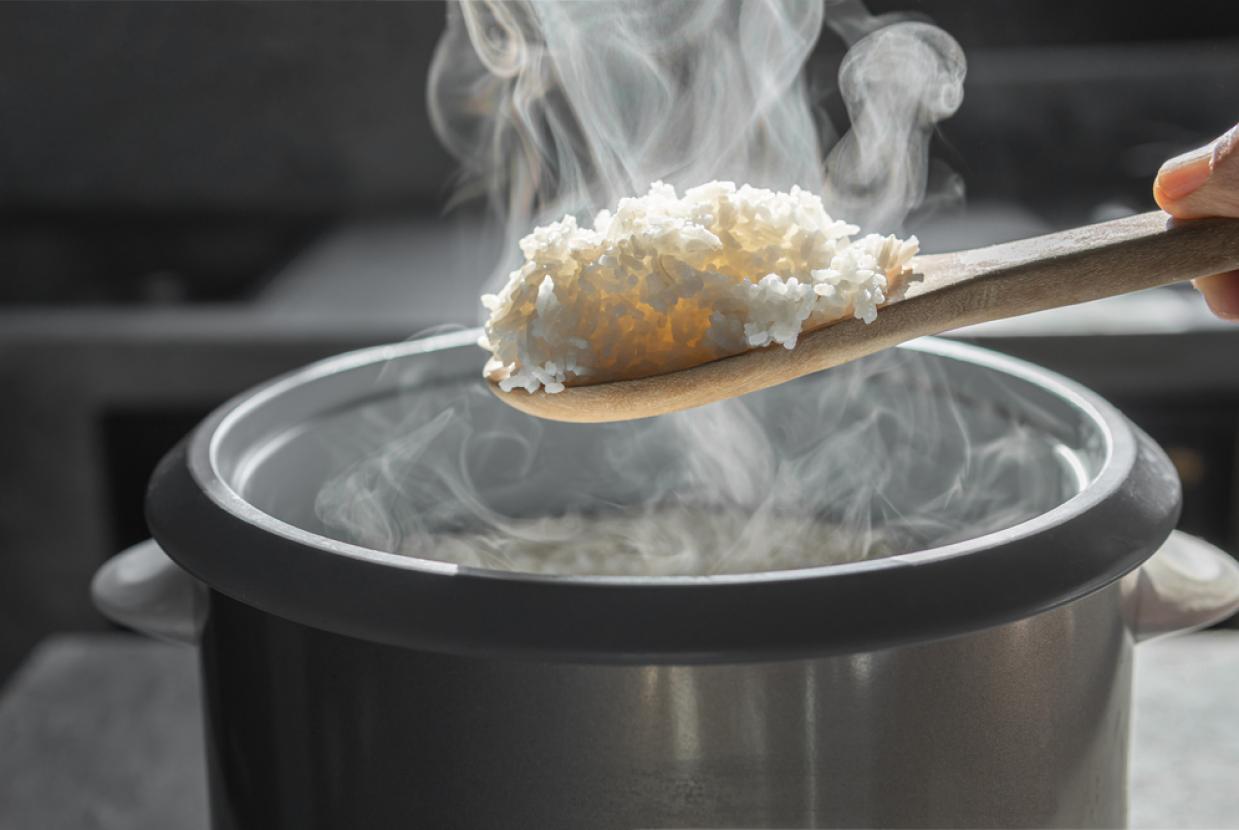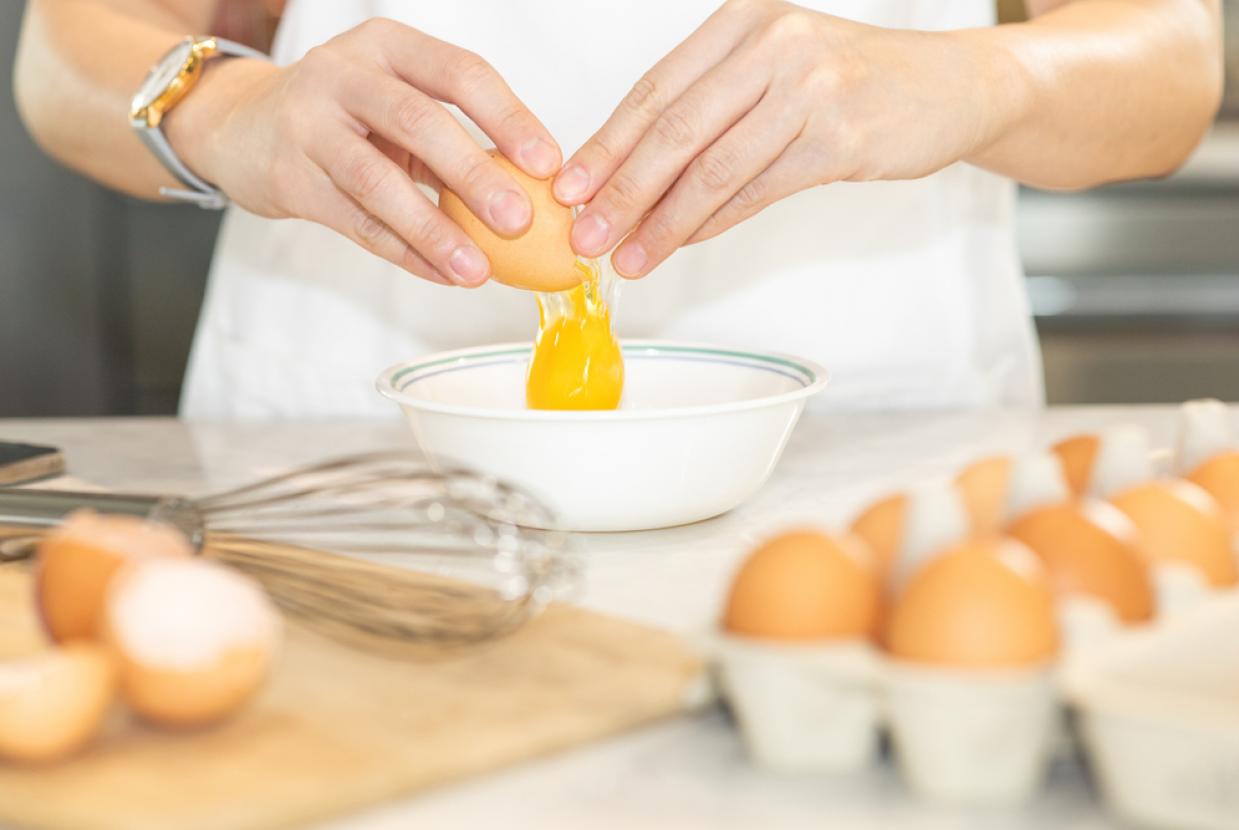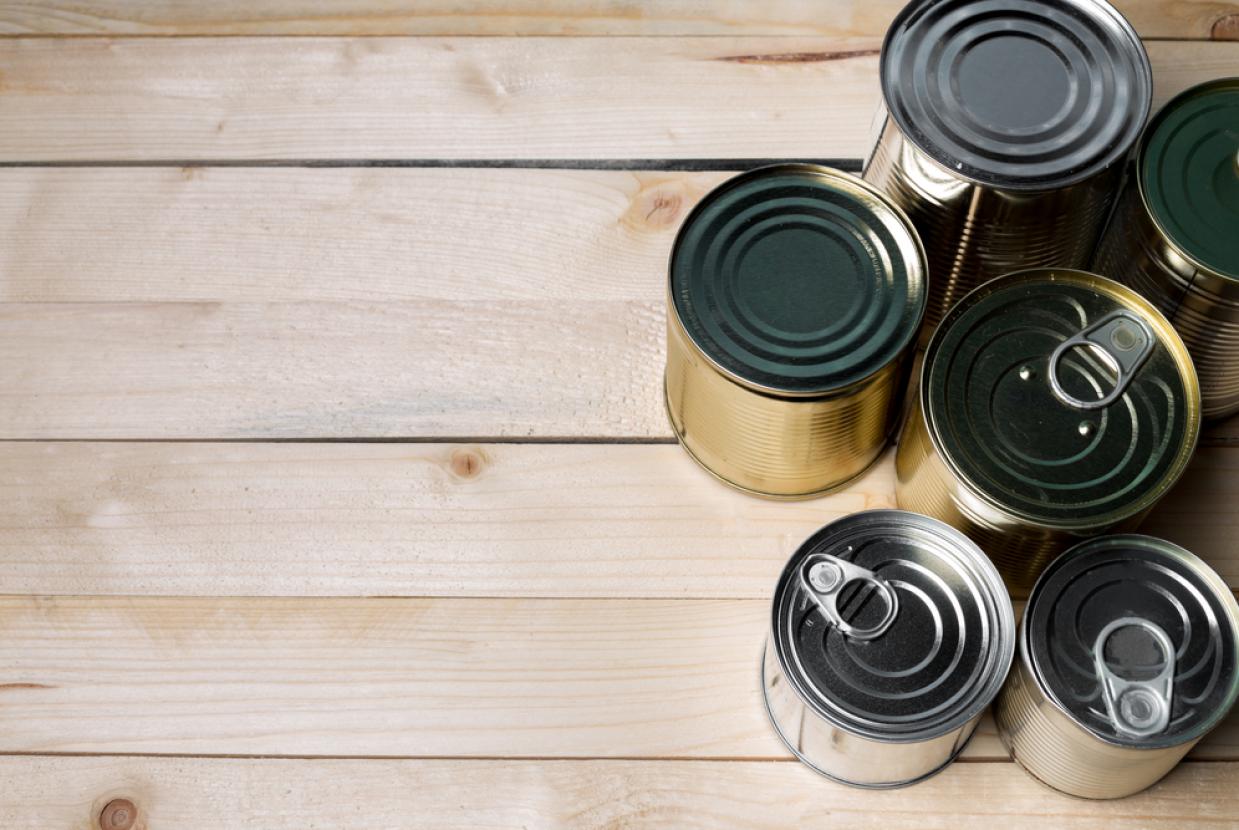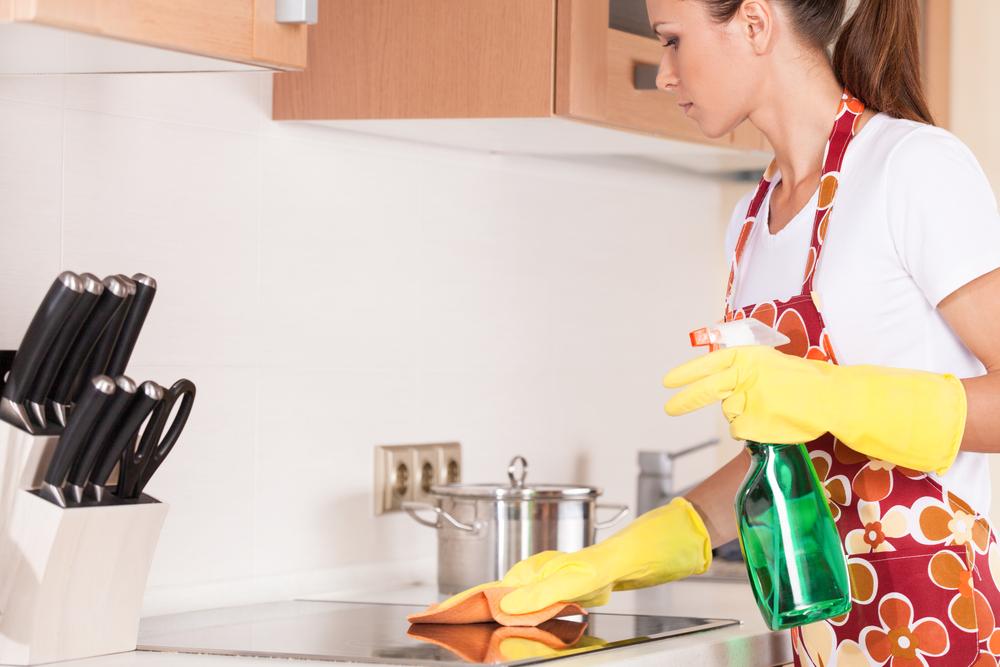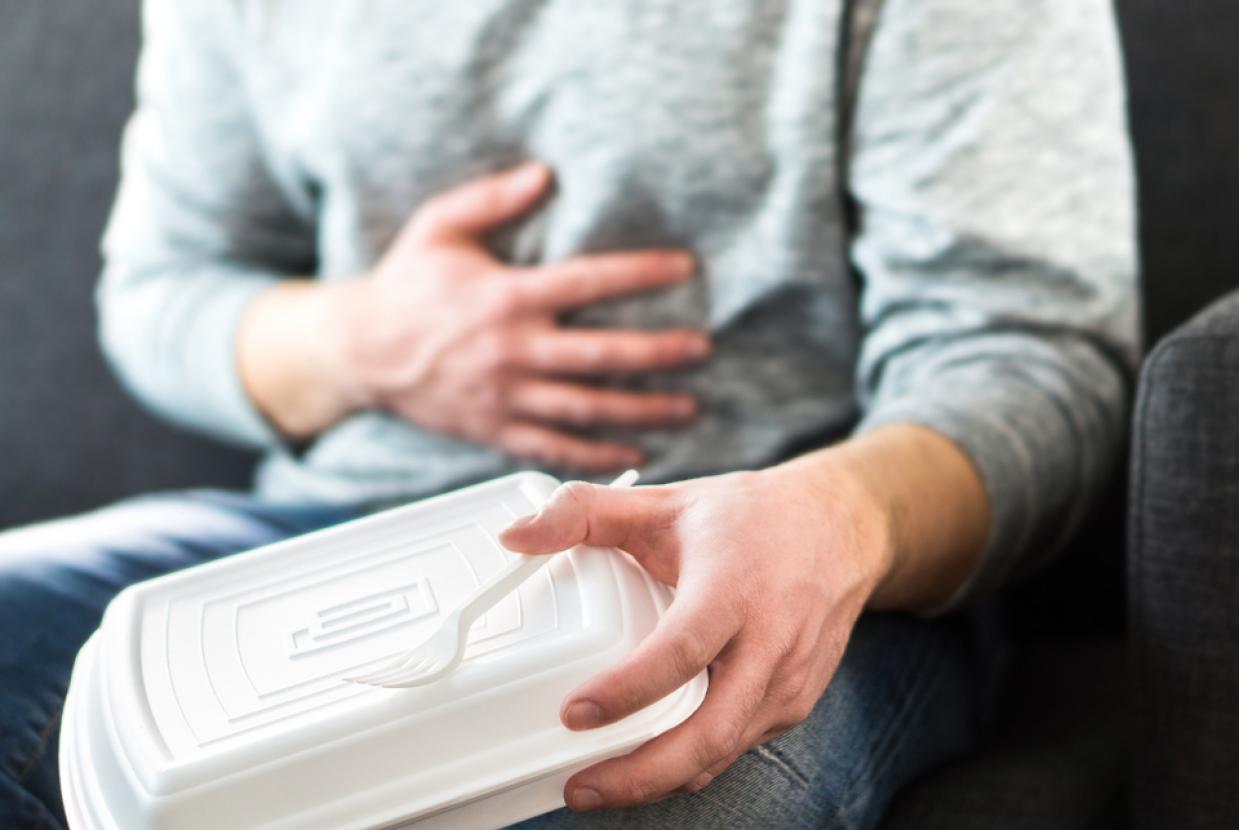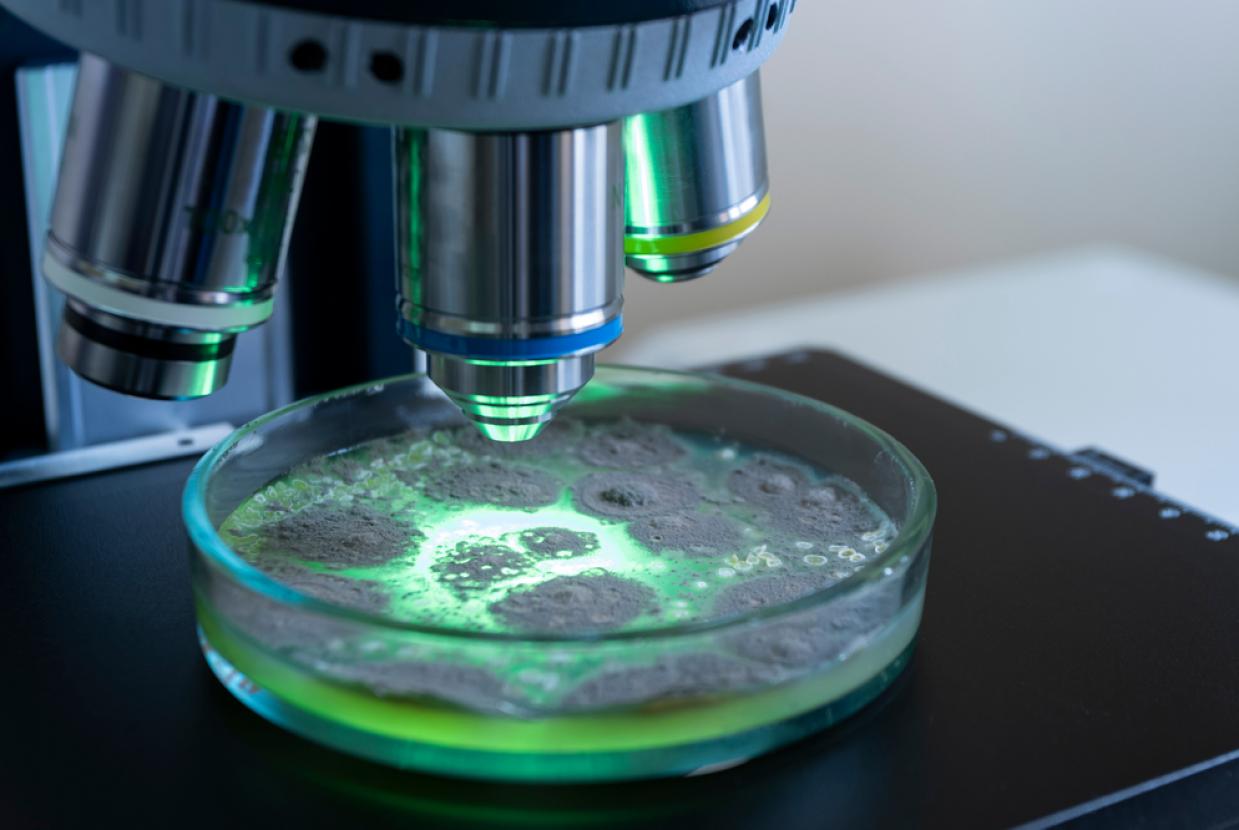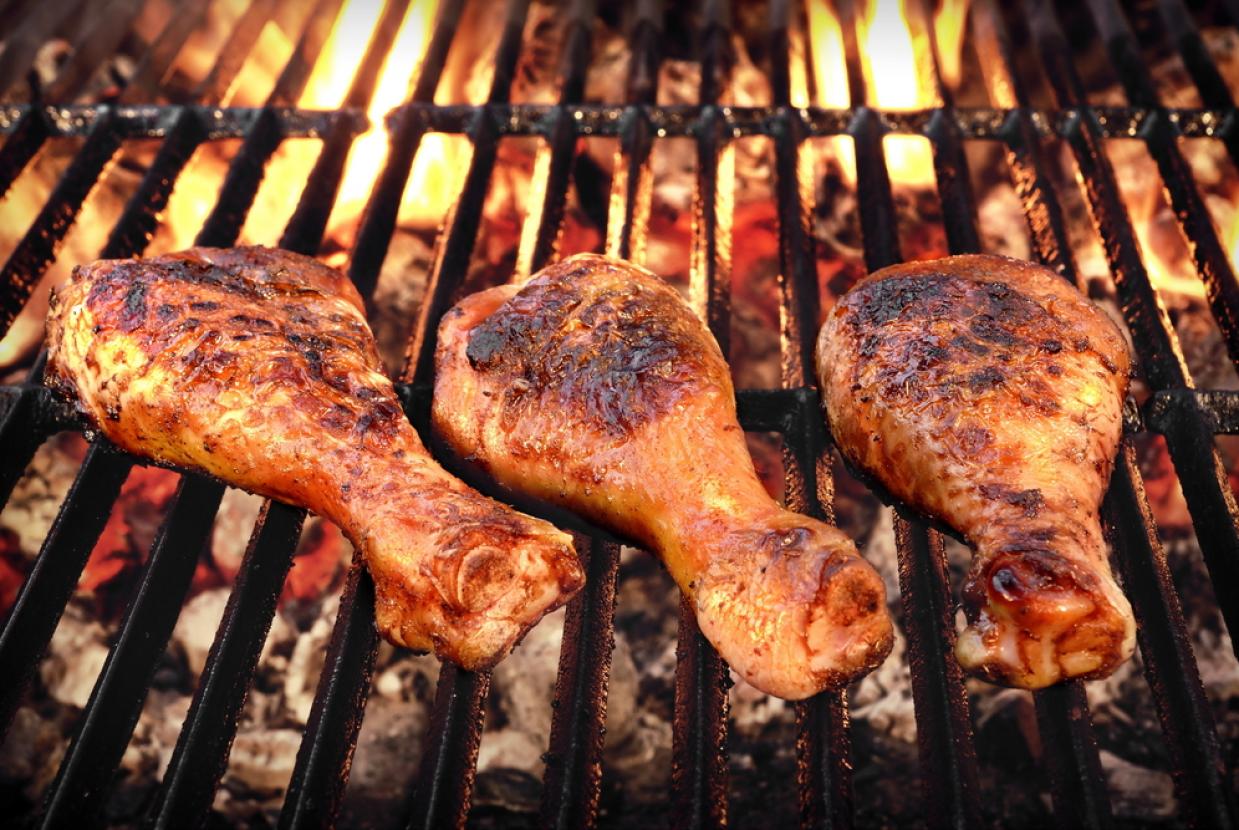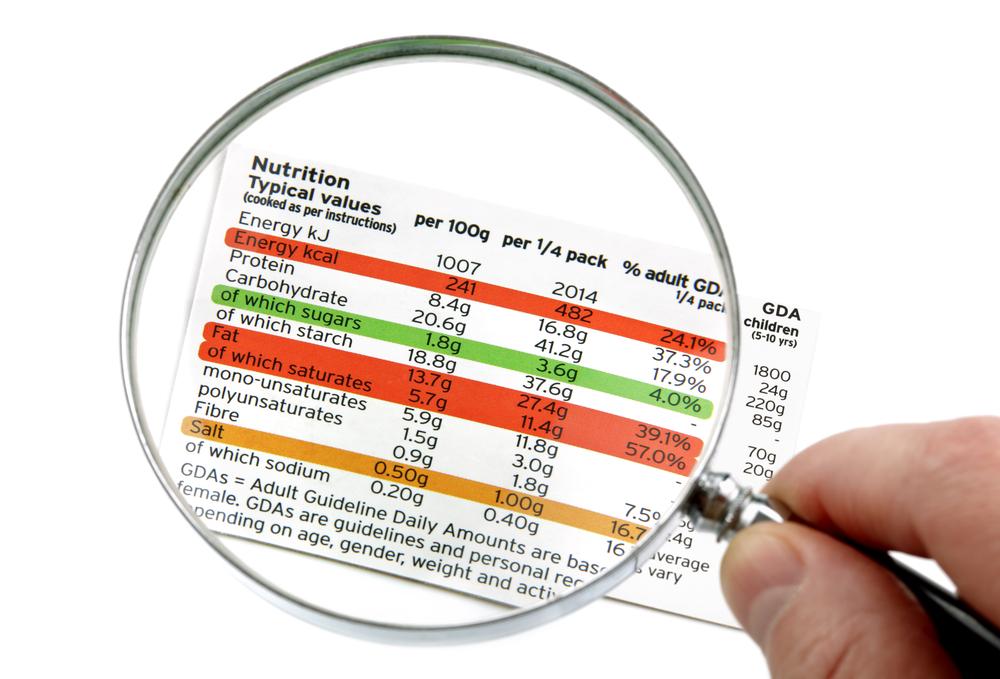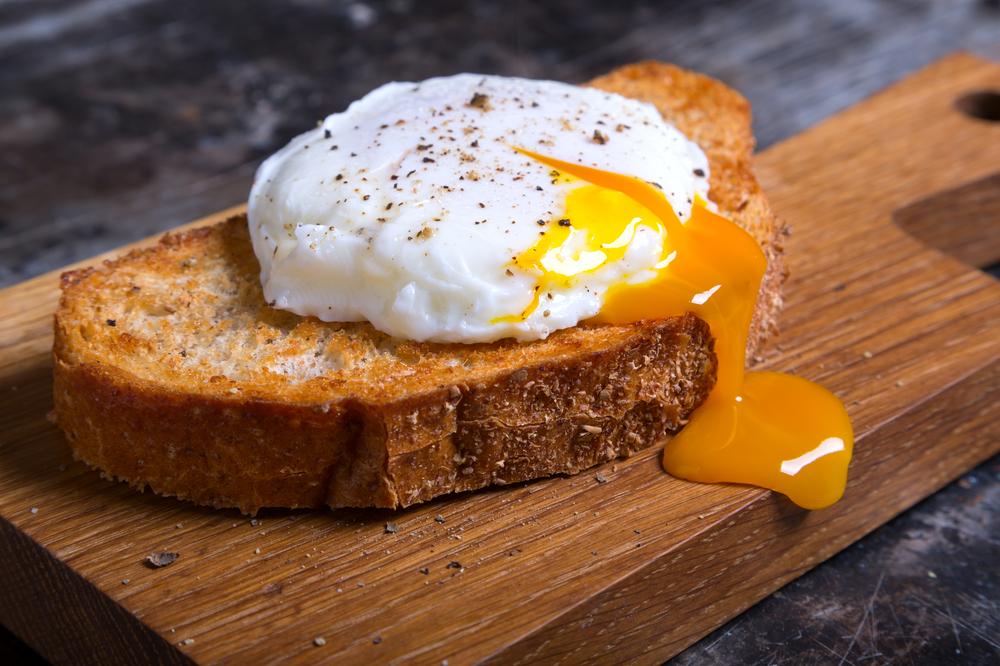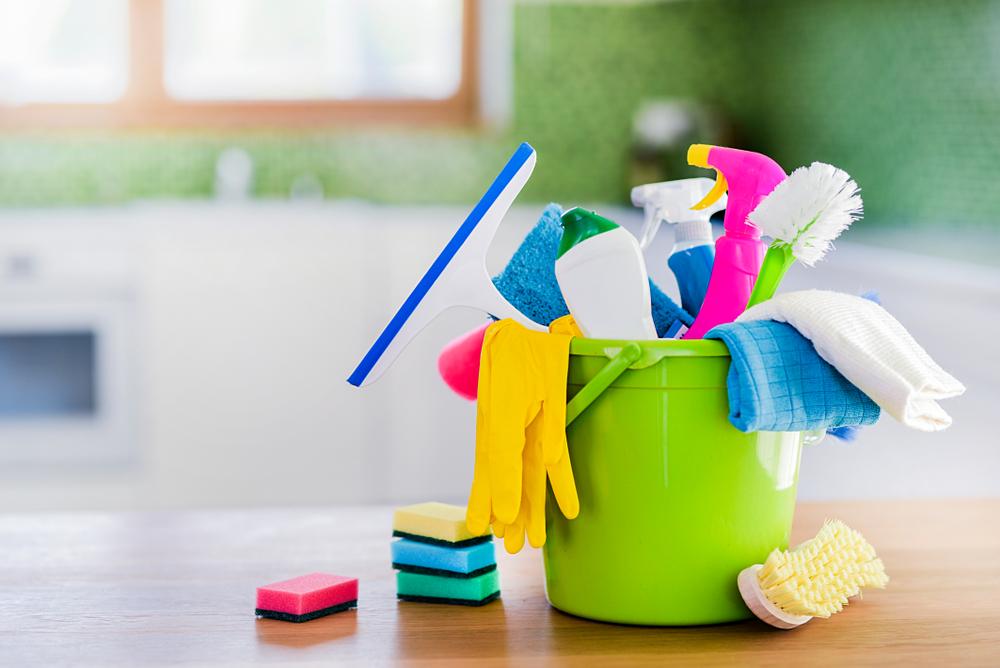Freezers
Your freezer is your key to planning ahead and avoiding waste.
Freezing is a great way to store food. It will help you save money by planning ahead. And it will help you to cut the amount of food you waste if you get it in the freezer before it goes off.
If food is properly frozen it will stay safe to eat indefinitely, although after a time the taste and texture may suffer.
Whether you have a chest freezer or upright freezer, the principles of good freezing are the same:
The temperature should be –18° Celsius.
How to freeze food safelyKnow your freezer’s star ratingThe star-marking panel on food labels will tell you how long you can store your food, depending on your type of freezer.
| *** | -18° C |
| ** | -12° C |
| * | - 6° C |
Freezing food when hot will raise the temperature of the freezer and could cause other foods to start defrosting. Dividing the food into smaller parts can speed up the cooling process.
Wrap the food properly or put it in sealed containers- If you do not seal your food it can get “freezer-burn”. This means that water escapes from the food and moves to the coldest part of the freezer – leaving your food dehydrated. While this affects the quality of the food, it will still be safe to eat.
- You don't want to have to defrost a stew big enough to feed eight when you're only feeding a family of three.
- If you don’t label foods or ingredients clearly, you might not remember what they are, let alone when you froze them. Buy a blue marker for raw foods and a red marker for cooked foods. Always add the date it was frozen.
- Do not freeze any foods after their "use-by-date", because they will not be safe to eat.
- An icy freezer is an inefficient one, so make sure you defrost your freezer if ice builds up. Don't worry about the food; most things will remain frozen in the fridge for a couple of hours while the freezer defrosts.
- Freezing does not kill bacteria. If you are not sure how long something has been frozen or are a bit wary of something once defrosted, don't take any chances.
- Boil a handful of vegetables at a time for 30 sec in a pot of boiling water - this will stop them going brown when frozen.
- Scoop them out into a bowl of heavily iced water - this is called blanching.
- Once chilled, drain the veg and scatter them onto a tray lined with kitchen paper.
- Freeze them on the tray and then transfer them to a freezer bag.
- Cook the vegetables from frozen in a large pan of boiling water. Do not steam them, as they tend to go soggy.
You can freeze many foods and individual ingredients. However, some foods simply are not freezer friendly.
Great to freeze | What NOT to freeze |
|---|---|
| Butter and margarine | Raw eggs in their shells will expand and crack |
| Grated cheese | Hard-boiled eggs go rubbery |
| Bread | Vegetables with high water content, like lettuce, cucumber, bean sprouts and radishes, go limp and mushy |
| Milk | Soft herbs, like parsley, basil and chives, go brown |
| Raw pastry | Egg-based sauces, such as mayonnaise, will separate and curdle |
| Soups | Plain yogurt, low-fat cream cheese, single cream and cottage cheese go watery |
| Casseroles, lasagne, pizza, shepherd’s pie |
Most – but not all - foods need to be defrosted before you can cook them. Here’s what you need to know to make sure that food is thawed safely.
The safest way to defrost food is in the fridge- Allow at least 24 hours for every 2-2.5 kg (4-5 lbs).
- Once the food has thawed, cook or eat it within 24 hours. Do not refreeze it.
- When you defrost food in the microwave it can get warm enough to allow harmful bacteria to grow. Cooking the food immediately will kill any bacteria, but if you leave it the bacteria will continue to multiply.
- Be sure to check the microwave setting and time in your microwave manual.
- Some food is best cooked from frozen. Follow the manufacturer's instructions on pre-packed foods.
- If poultry is still partly frozen when you start to cook, it will cook more slowly and might not reach a high enough temperature to kill harmful bacteria.
- Check whether the meat feels frozen by using a fork or skewer.
- When defrosting a whole bird, make sure there are no ice crystals in the cavity.
- Allow at least 24 hours for every 2 - 2.5Kg (4 - 5lbs). It is not safe to defrost at room temperature.
- Put it on a plate away from other foods. When meat thaws, lots of liquid can come out, which can spread bacteria to any food, plates or surfaces that it touches. Keep the meat covered so that it can’t touch or drip onto other foods
- Only defrost meat in the microwave if you're going to cook and eat it straight away.
- Cook the raw meat within 24 hours of defrosting.
- If you defrost raw meat and then cook it, you can freeze it again. Never reheat foods more than once.
- You should never refreeze food that has defrosted.



